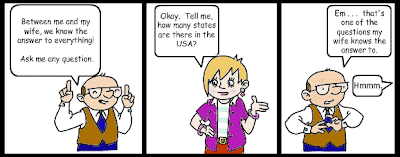
 photo by Mike Wood.
photo by Mike Wood.I attended an asTTle workshop last week. Assessment Tools for Teaching and Learning - He Pūnaha Aromatawai mō te Whakaako me te Ako, or asTTle, is a resource for assessing literacy and numeracy (in both English and Māori). The University of Auckland developed it for the New Zealand Ministry of Education.
A helpful system:
Though the idea of assessing the reading level of a child was not new to me, I hadn’t realised how the asTTle system worked. It’s based on the concept that knowledge of the reading ability of a child can assist in providing specific help when needed.
By providing appropriate assistance, the child is empowered to better understand the reading material relevant to the levels of learning they're at in different subject areas. The teacher is also better able to understand the reading difficulties a child may have while learning at levels of their ability and development in different curricular areas.
I have no problem with this, other than the intervention caused by assessment to establish where every child is at, through entire areas of the curriculum. I think it’s wonderful that we can provide assistance when it is needed.
Levels of literacy:
I had several discussions with the facilitators. They were very helpful.
We did not agree when I explain that, as a writer of learning resources, I used the simplest possible language, sentence construction and paragraphing whenever I could. I used the same technique in writing a paragraph in a Chemistry resource for a year 13 learner than I would for a resource in Biology for a year 9 learner.
Their advice was that I should match the reading level of my writing to the subject level. We had several aside discussions on this – they weren’t simple. We agreed that the language of the subject was obviously something that would progress, as expected, in shifting from a lower learning level to a higher level.
What the facilitators found fault with, was that I deliberately used simple language. Even using the terms and vocabulary appropriate to the area and level of the Science covered in the resource I was writing, was not meeting the needs of the student, by their way of it.
The purpose of writing:
My question to them was, “what is my main objective as a writer of Science?" Should I deliberately change an otherwise well written paragraph, so that its reading level matched the level of the subject content contained there? I was at odds with this supposition. What’s more, it conflicted with all I’d read on Cathy Moore’s great post.
I recalled a poem by Arthur Kudner, while I listened to the arguments from the facilitator.
Never fear big words.
Big words mean little things.
All big things have little names,
Such as life and death, peace and war,
Or dawn, day, night, hope, love, home.
Learn to use little words in a big way.
It is hard to do,
But they say what you mean.
When you don’t know what you mean,
Use big words –
They often fool little people.

















































